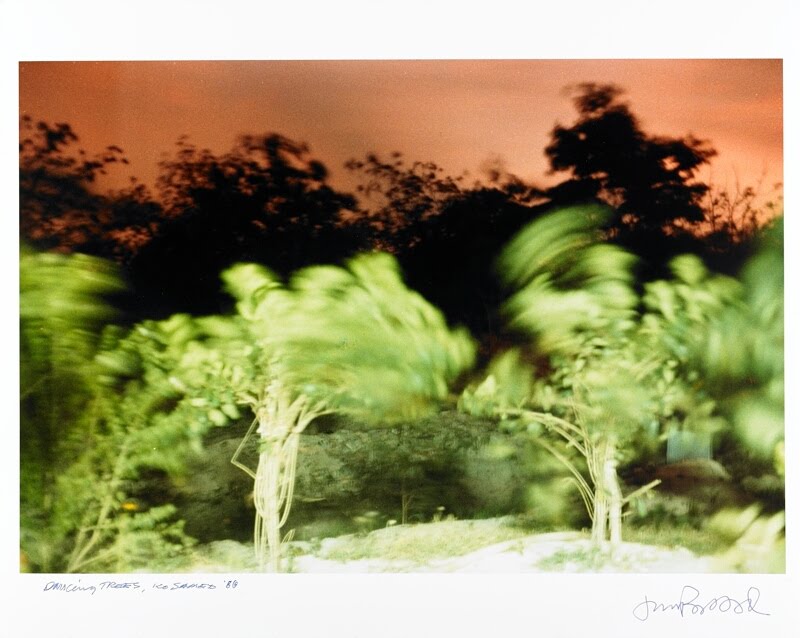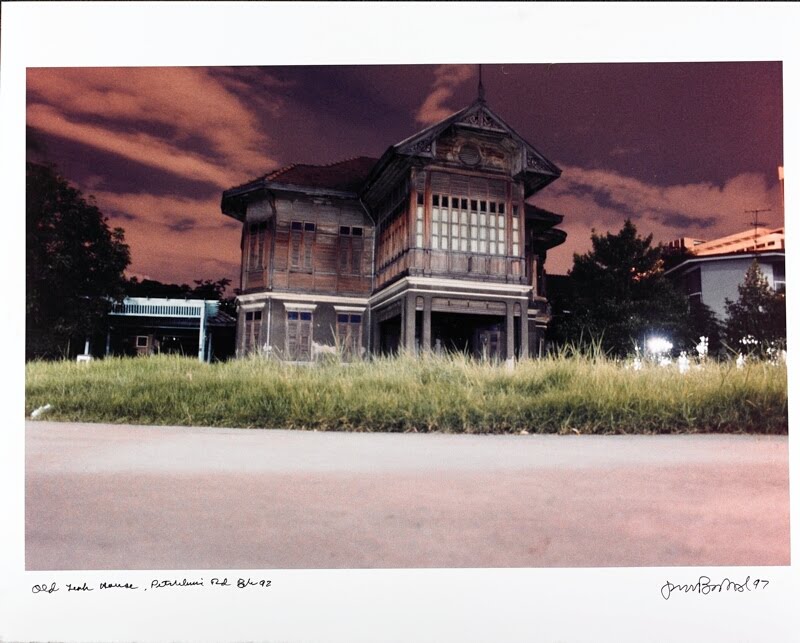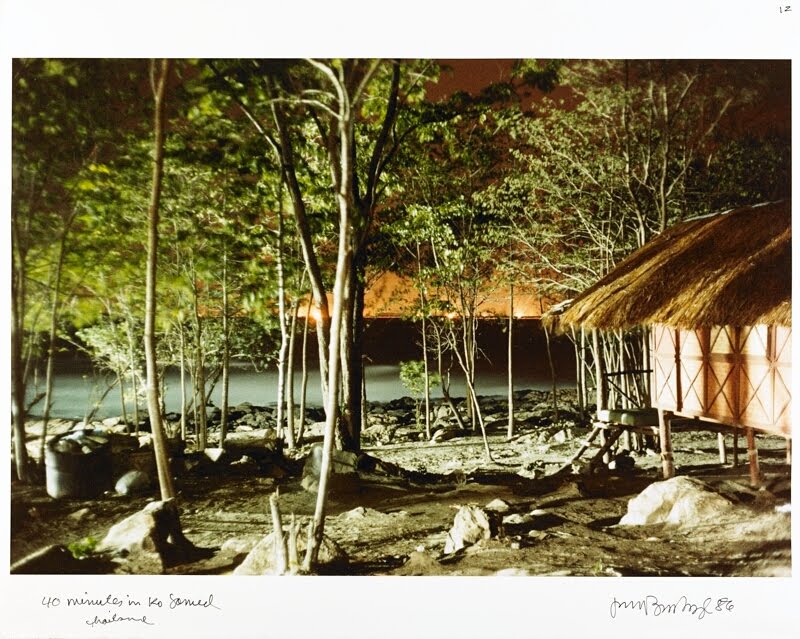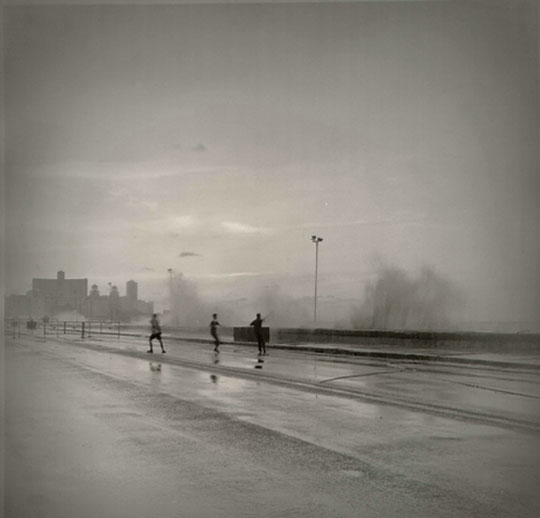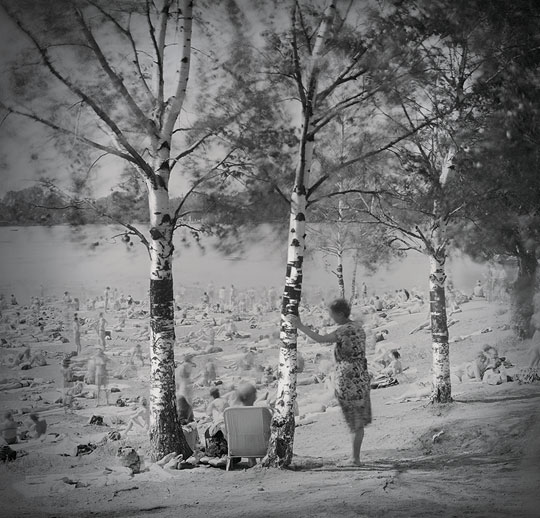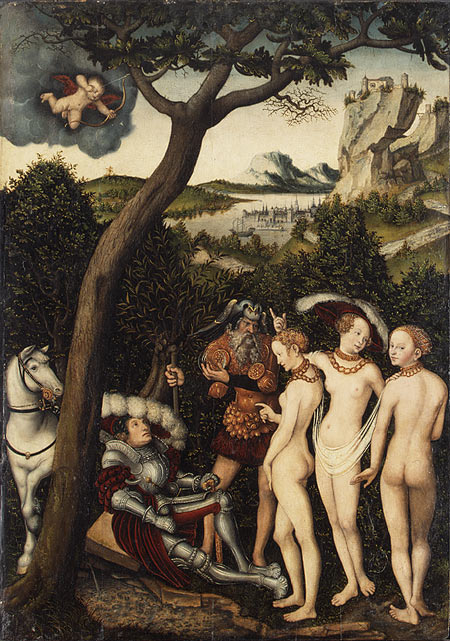
Lucas Cranach: The Judgement of Paris
This octagonal room in the Kunstmuseum is full of small paintings by German masters of the 16th century: Hans Wertinger, the Oberrheinischer Meister, two little allegories (death and the woman, death and the maiden) by Hans Baldung Grien and four marvellous Lucas Cranachs.
The greeny-blues of Cranach’s Judgement of Paris sit easily on one pea-coloured wall. A sly-eyed horse looks out from an oak thicket with a river valley in the background, a walled city done in tints of blue. So far, so Rhinish. A castle crowns a hill, a road winds up. Cranach came from the small town of Kronach in southern Germany: town and painter are synonymous; he knows this topography like the back of his hand.
Paris is in armour, anticipating the battle of Troy that will ensue from his choice. Zeus himself holds the Apple of Discord. Three gossamer-draped goddesses occupy the foreground. Paris holds an enormous white-feathered red hat, like a cardinal’s but without the tassels. He appears to look towards the middle of the three goddesses, Athene: she is wearing a similar cardinal red hat, but without the feathers.
The goddesses Hera and Aphrodite flanking her have lovely buns, small as a boy’s, seen sideways on and full view, and willowy figures, narrow under the breasts, hairless: a contortionist’s dream of women.
Then you notice that Aphrodite on the right wears her hair in a gold brocade cap and that all three women wear jewelled dog collars, chokers, I suppose. Two of them also sport large neck chains. Athene is a minx, her hair done in 1930s flapper style. Aphrodite has a perfectly formed breast, white as alabaster.
Paris sits on a kind of stone-coped spring that issues from a spout. Its little splashes are almost sexual. The strange red hat is picked up in the red lining of his inside thigh, which looks like an enormous penis issuing from his codpiece. He has a square, bearded, simian face, like the faces in many of these Upper Rhine paintings: rough-hewn woodsmen coming down out of the forest to the riverbank to become burghers. He appears to be looking at the nude women but really he’s gazing up into the trees at a coat of arms hung in the top branches like those signs you used to see in trees in Northern Ireland – Repent, the End is Nigh!
Who is the old man brokering the deal? He clutches the Apple of Discord in the transparent gauze that gives the women a semblance of decency. Perhaps he’s Zeus under grey muttonchop whiskers.
The line of four faces leads the eye back to the eye of the horse, elaborately saddled, with a gold-clasped bridle that echoes the chains of the goddesses. That horse is an effete creature, unready for the ten years of the Trojan War. The scene is arcadian, conjured from the trees. Cupid, enveloped in a grey storm cloud, is about to let fly a golden arrow. Which woman will it pierce? We know from the myth that Paris will choose Aphrodite who promises him the gift of love in exchange for the golden apple. Paris gets the girl, Helen of Troy. War starts between the Trojans and the Greeks, the thousand boats. The hollow horse ends it. Odysseus wanders the seas and founds Rome.
Once again the apple is the start of history as we know it.
Another Cranach, Portrait of a Woman (1508), is simple and spare after the rich treatment of the judgement. It’s on a small oak panel in a plain black frame. The woman looks like a servant or a nun but a ring is on her right index finger. She wears a white veil that doesn’t appear to be kept in place by anything. The white of the veil is carried into the border of her black dress. Its sailor collar has an almost unnoticed pattern of leaves, black on grey. The effect is subtly modulated; black, white and grey playing off each other as in a Whistler or a Sargent.
The woman’s round, large-eyed face conveys restraint and purity, like her dress. The brown eyes are slanted inwards, finely lashed and far apart, like a Lucian Freud. The mouth is small and prim. In a praying posture, she looks fixedly at us as though we are intruding. What is she thinking? The matt green, dung-coloured background does a lot of contrast work. It is an arresting study in piety.
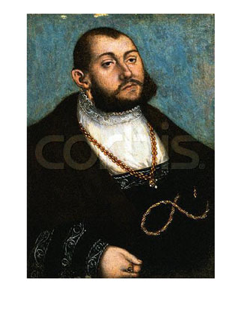
Lucas Cranach: Johann Friedrich Grossmütigen, Elector of Saxony
This tiny portrait of Johann Friedrich Grossmütigen (the Magnificent) offers a moral contrast to its neighbouring portrait of piety. It was painted in the last year of Cranach’s life, 1533, on limewood. How magnificent he is, in his sable-collared coat, neck hung with beadwork, gold chains and jewels, his fat finger sporting a sapphire ring. One almost expects earrings, so oriental does he look under muttonchops and thin trimmed moustache. The hair is receding, the brow squashed and misaligned. The fur collar seems an extension of his beard. He is every inch the pasha, the decadent potentate: sloped forehead, small almond-shaped eyes, unsmiling, preoccupied by the trivia of power. The background is sky blue, just washed in, with only Cranach’s insignia and the date for relief. The Elector of Saxony has all the pomp and arrogance of his position: not a pretty man.



